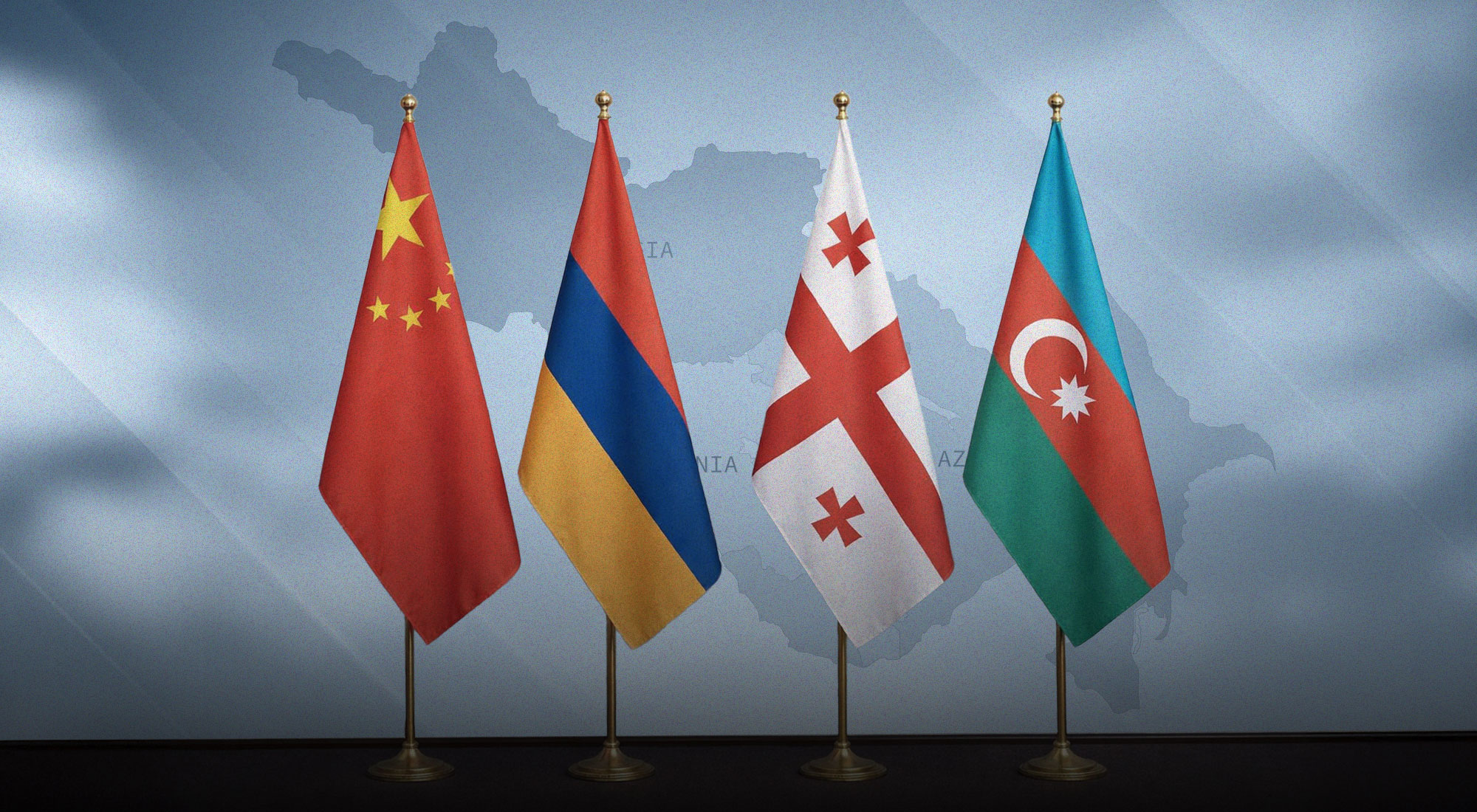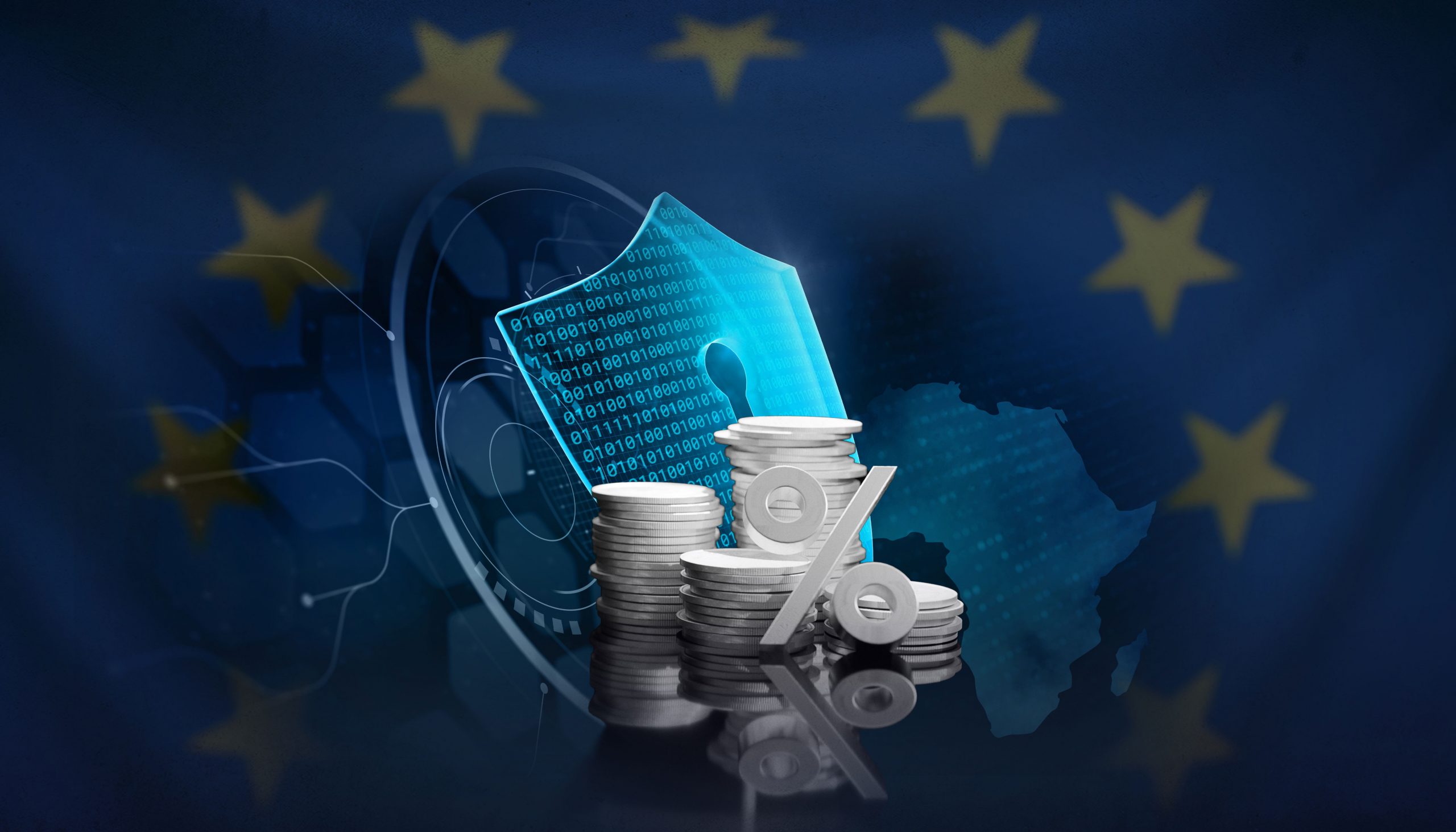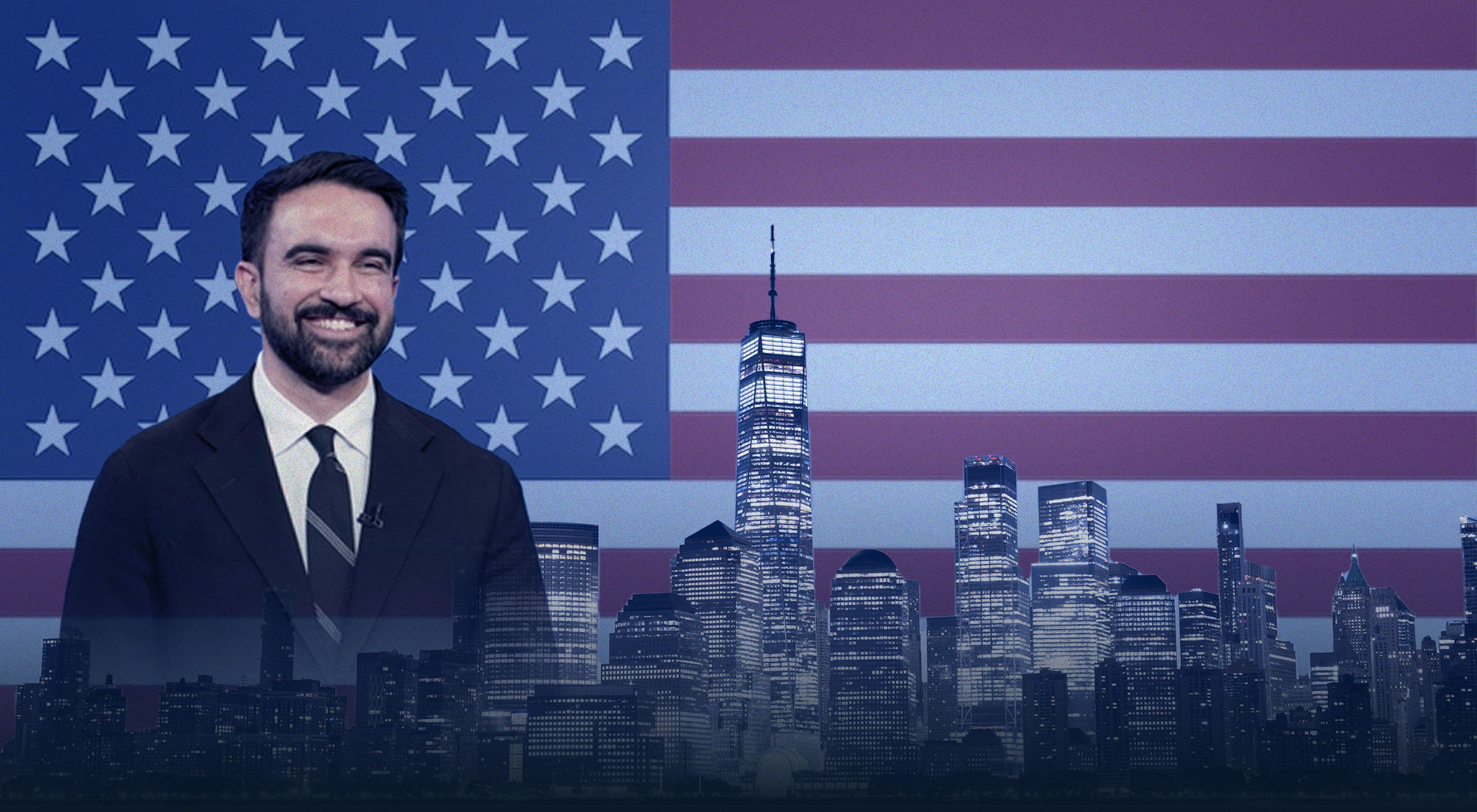During his first trip to Southeast Asia in late 2021, U.S. Secretary of State Antony Blinken acknowledged that “the region has told us loud and clear that it wants us to do more [in terms of economic engagement].” Eager to win over his hosts in Jakarta and skeptics across the region, America’s diplomatic chief underscored the Biden administration’s commitment to “meet that call” by pushing for a new economic initiative that “will pursue our shared objectives” in key areas of trade and investment across the region.[1] There was a palpable sense of urgency in Blinken’s statements, highlighting the magnitude of the strategic challenge confronting America.
Thanks to its trillion-dollar Belt and Road Infinitive (BRI), along with a package of other trade and investment deals, Beijing had stolen a march on Washington. Although still a military behemoth, with a network of treaty allies and defense partners across Asia, the U.S. had offered little, if any, on the economic diplomacy front. Decades earlier, Singapore’s legendary statesman Lee Kuan Yew warned his American interlocutors to “pursue more Free Trade Agreements [in Asia] to give the region options besides China.”[2]
In his own maiden visit to Asia in mid-2022, U.S. President Joe Biden wasted no time fleshing out what his secretary of state had announced just a few months earlier. During his packed schedule in South Korea, where he visited major industries and spoke to top Korean leaders, Biden officially rolled out the Indo-Pacific Economic Framework (IPEF). Shortly after, as many as 13 Indo-Pacific nations – namely, Australia, Brunei Darussalam, Fiji, India, Indonesia, Japan, South Korea, Malaysia, New Zealand, the Philippines, Singapore, Thailand, and Vietnam – accounting for 28 percent of global goods and services trade and 40 percent of global Gross Domestic Product – expressed interest in joining the pact.[3]
Notwithstanding its strategic competition with China, this is a region of immense economic importance to the U.S. To put things into perspective, the U.S.’s total foreign direct investment stock in the region reached close to a trillion dollars ($969 billion) in 2020, while the region is a source of nearly $900 billion in foreign direct investments undergirding more than three million American jobs. Bilateral trade between the U.S. and the region is almost twice larger, totaling $1.75 trillion in 2020.[4]
Although not a free trade agreement per se, the IPEF didn’t lack in ambition. It aimed to provide a legal framework for coordination of a whole range of trade and investment deals across four essential ‘pillars’: Free Trade; Supply Chains Resilience; Green Economy; and Fair Economy. This was the product of consensus-building negotiations during Senior Officials and Ministerial meetings among participating nations, with the first round of negotiations taking place in Brisbane in late 2021. There was a second round of negotiations in Bali, Indonesia, this year with the aim of arriving at a more substantial finalized pact before the end of 2023. The U.S. hopes to leverage its position as the host of the Asia-Pacific Economic Cooperation (APEC) summit in November to take IPEF from the realm of public diplomacy to high-stakes geoeconomics.
So far, however, responses to the IPEF have been a mixture of curiosity and skepticism. Prominent Western commentators have invariably criticized IPEF as “half-hearted”,[5] lacking a coherent ‘core’ element,[6] or simply “a mass of abstract verbiage with a tangle of subclauses festooned with adjectives and adverbs layered two or three deep.”[7] While it’s doubtful that the Biden administration can secure bipartisan support for any substantial trade deal with Asia in the near future, America has been pursuing an aggressive industrial policy at home and a package of escalating sanctions against China’s national champions. The IPEF, therefore, is more a reflection of America’s emerging New Cold War with the Asian powerhouse than a purely economic initiative aimed at tapping vast market opportunities across the Indo-Pacific.
Inchoate Leadership
Since the end of World War II, the United States has been the de facto hegemon in Asia. The comprehensive defeat of Imperial Japan, which swiftly went from the primary revisionist power in the East to a key Western ally in East Asia, left Washington in an enviable position of dominance throughout the Cold War decades and all the way into the twilight years of the 20th century. Following a short ‘hyperpower’ stint in the early-2000s, however, the prospect of a ‘post-American’ Asia became increasingly palpable following the Bush administration’s destructive interventions in the Middle East.[8]
During a fateful speech before the Australian Parliament in 2011, U.S. president Barack Obama underscored the centrality of Asia to his foreign policy doctrine: “Here, we see the future. As the world’s fastest-growing region – and home to more than half the global economy – the Asia Pacific is critical to achieving my highest priority, and that’s creating jobs and opportunity for the American people. With most of the world’s nuclear power and some half of humanity, Asia will largely define whether the century ahead will be marked by conflict or cooperation, needless suffering or human progress.”[9]
Accordingly, Obama made a “deliberate and strategic decision” to ensure America will play “a larger and long-term role in shaping this region and its future, by upholding core principles and in close partnership with our allies and friends.” Thus, the so-called “Pivot to Asia” policy was born. But as his secretary of state, Hillary Clinton, made it clear, America’s leadership had to be comprehensive, namely “substantially increased investment—diplomatic, economic, strategic, and otherwise—in the Asia-Pacific region.”[10] The upshot was not only an expansion in American military presence in the region, with the U.S. Navy committing a majority of its assets to maintaining American naval primacy in Asia but also proposing a new economic initiative, namely the Transpacific Partnership Agreement (TPP).[11]
Deliberately excluding China, the TPP was clearly aimed at reasserting American hegemony in Asia in tandem with key allies, most especially Japan, Canada and Australia. Composed of 12 member states, including communist Vietnam, the pact covered close to 40 percent of global GDP as well as trade.[12] Although popular among many American regional allies, the TPP was deeply unpopular at home, especially among Obama’s fellow Democrats. The upshot was the failure of Washington to secure the necessary votes at home to seal the deal.
Shortly after taking over, Republican president Donald Trump wasted no time to nix the deal, even if Japan’s prime minister Shinzo Abe had warned that the TPP would be “meaningless” without U.S. participation. With the United States unilaterally withdrawing from a pact of its own making, Japan and Australia scrambled to save the TPP lest China further enhance its regional influences.[13] The upshot of American allies’ efforts was the Comprehensive and Progressive Agreement for Trans-Pacific Partnership (CPTPP), which, having included many of the Indo-Pacific’s most dynamic economies, is far from insignificant. Nevertheless, the U.S. ended up excluded not only from China-dominated regional trade pacts, including the recently finalized Regional Comprehensive Economic Partnership (RCEP) agreement, but also from the very trade deal it birthed a decade ago.
Meanwhile, China was on the march. Bilateral trade with Southeast Asia alone reached $685 billion in 2022, while its trillion-dollar BRI project gave rise to mega-projects such as the $6 billion high-speed railway in Laos and Hanoi’s billion-dollar metro line. Other big-ticket projects, most notably the $7 billion Bandung-Jakarta high-speed railway, were near completion in mid-2023. By the late-2010s, China had not only managed to become the top trading partner of all Southeast Asian nations, including key U.S. allies such as the Philippines, but also an increasingly vital source of high-tech and infrastructure investments.
Mixed Picture
Troubled by lack of any clear American alternative, key regional states began to speak up, most notably in Singapore. The prosperous city-state’s Deputy Prime Minister Heng Swee Keat publicly nudged the Biden administration to establish an “equally substantial alternative” to China’s economic initiatives even if the region is grateful for how “U.S. security presence has brought stability and peace in the region.” Singapore’s leadership made it clear that “the U.S. cannot afford to be absent from the region’s evolving economic architecture” if it’s committed to preserving its current leadership position in Asia “into the next decades.”
In fairness, the U.S. is still a major economic player in Asia. To begin with, it’s among the top trading partners of the region’s most developed nations, namely Japan, South Korea and Taiwan. U.S. private investment in Southeast Asia, meanwhile, amounted to $328.5 billion in 2020.[14] But China began to present itself as the inevitable superpower in not-so-distant future. Refusing to cede ground to the Asian superpower, the Biden administration stepped up its economic diplomacy. The U.S. National Security Advisor, Jake Sullivan, described the IPEF as “a big deal” and a “significant milestone” in America’s regional leadership, since the proposed new pact “is going to be the new model of economic arrangement that will set the terms and rules of the road for trade and technology and supply chains for the 21st century.”[15]
On her part, U.S. Trade Representative Katherine Tai claimed that the IPEF is far more promising than the TPP, since the latter was “ultimately…something that was quite fragile”, since “[t]he biggest problem with it was that we did not have the support at home to get it through.”[16] Key Asian leaders were also quick to praise the new pact, with Japanese Prime Minister Fumio Kishida praising the initiative as a vital step towards “build[ing] a desirable economic order,”[17] while South Korean Yoon Suk Yeol vowed to “cooperate closely through the Indo-Pacific Economic Framework (IPEF), based on the principles of openness, transparency, and inclusiveness.”[18] Amid warming ties with the Philippines, another key regional ally, the Biden administration also promised to deploy its “first-of-its-kind” presidential trade and investment mission to Manila in order to expand economic cooperation under the IPEF.[19]
The IPEF, however, is as notoriously vague as it’s strategically timely. As U.S. Ambassador to Japan, Rahm Emanuel, admitted, the pact, so far, is a “consultation to negotiation” or, as the U.S. State Department admits, only represents “collective discussions toward future negotiations.”[20] By all indications, this is a deliberate strategy. After all, as one columnist at the Financial Times succinctly put it, “It’s tough being a global trading power tussling for geo-economic pre-eminence when you can’t sign binding trade deals…” With the rise of Trumpian populism and economic protectionism at home, the Biden administration faces an uphill battle at home. This may largely explain why it couldn’t even agree on a proposed ‘digital free trade’ deal in Asia, which was welcomed by regional allies but was deeply divisive among top officials in the Biden administration.[21]
While dangling a broadly open-ended economic initiative at home, America is embracing a new era of industrial and trade policy with vengeance. By and large, there is now a bipartisan consensus between both mainstream Democrats and Republicans on the need to compete with China, with or without any new global U.S.-led trade deals. The upshot is a triple package of legislation, namely the Bipartisan Infrastructure Law, the Inflation Reduction Act, and the CHIPS and Science Act, which mobilize trillions of dollars in state resources towards enhancing America’s competitive edge in critical technologies, most notably semiconductors and artificial intelligence.[22]
Reinvestment in domestic capacity has gone hand in hand with a wave of unprecedented sanctions targeting China’s national champions and cutting-edge sectors. Not to mention, the U.S. is placing growing pressure on key allies in both Asia and Europe to ‘de-risk’, if not decouple, from China in critical industries. After decades of globalization and offshoring, the U.S. policy elite no longer sees any distinction between geopolitics and economics. Although top U.S. officials have recently visited China in order to de-escalate tensions, no less than U.S. Secretary of Treasury Janet Yellen has made it clear that America’s economic hegemony is non-negotiable: “China’s economic growth need not be incompatible with U.S. economic leadership [author’s emphasis].”[23]
For the first time in recent memory, the U.S. policy elite seems to be in synch with the broader population, too. An authoritative survey shows that as many as four out of five Americans hold unfavorable views of China, while two-thirds see the Asian powerhouse as a “critical threat.”[24] This means that American populace mistrust towards China echo American public’s negative views of the Soviet Union at the dawn of the Cold War.[25] No wonder then, the IPEF, albeit inchoate, is increasingly seen as a clear manifestation of America’s embrace of a New Cold War with China. Welcome to a new era of geo-political uncertainty!
[1] See US Embassy in Canberra, “Secretary Blinken Speech: A Free and Open Indo-Pacific,” December 15, 2021, https://au.usembassy.gov/secretary-blinken-speech-a-free-and-open-indo-pacific/.
[2] “Lee Kuan Yew on Burma’s ‘Stupid’ Generals and the ‘Gambler’ Chen Sui-Bian.” WikiLeaks. October 19, 2007. https://wikileaks.org/plusd/cables/07SINGAPORE1932_a.html.
[3] See White House Fact Sheet, May 23, 2022 https://www.whitehouse.gov/briefing-room/statements-releases/2022/05/23/fact-sheet-in-asia-president-biden-and-a-dozen-indo-pacific-partners-launch-the-indo-pacific-economic-framework-for-prosperity/.
[4] Ibid.
[5] Derek Grossman, “Biden’s Half-Hearted Policy Towards Southeast Asia,” Foreign Policy, January 10, 2023, https://foreignpolicy.com/2023/01/10/southeast-asia-asean-china-biden-us-policy/.
[6] Ken Moriyasu, “Biden’s IPEF trade pact lacks core policy: CSIS head,” Nikkei Asia, October 21, 2022, https://asia.nikkei.com/Politics/International-relations/Indo-Pacific/Biden-s-IPEF-trade-pact-lacks-core-policy-CSIS-head.
[7] Alan Beattie, “The US trade pledge to the Indo-Pacific is empty,” Financial Times, June 8, 2023.
[8] See Fareed Zakaria, The Post-American World (New York: W.W. Norton & Company, 2008).
[9] See White House, “Remarks By President Obama to the Australian Parliament,” November 17, 2011, https://obamawhitehouse.archives.gov/the-press-office/2011/11/17/remarks-president-obama-australian-parliament.
[10] Hillary Clinton, “America’s Pacific century,” Foreign Policy, October 11, 2011, https://foreignpolicy.com/2011/10/11/americas-pacific-century/.
[11] David Shambaugh, “Assessing the US ‘Pivot’ to Asia.” Strategic Studies Quarterly 7, no. 2 (2013): 10-19. http://www.jstor.org/stable/26270763.
[12] James McBride, Andrew Chatzky & Anshu Siripurapu, “What’s Next for the Trans-Pacific Partnership (TPP)?”, Council on Foreign Relations, September 20, 2021, https://www.cfr.org/backgrounder/what-trans-pacific-partnership-tpp.
[13] Alissa Groeninger, “Japan PM says TPP meaningless without US as Trump nixes pact,” CNBC, November 21, 2016, https://www.wfla.com/news/japan-pm-says-tpp-meaningless-without-us-as-trump-nixes-pact/.
[14] See US Trade Representative, https://ustr.gov/countries-regions.
[15] See White House Fact Sheet, May 23, 2022, https://www.whitehouse.gov/briefing-room/statements-releases/2022/05/23/fact-sheet-in-asia-president-biden-and-a-dozen-indo-pacific-partners-launch-the-indo-pacific-economic-framework-for-prosperity/.
[15] Ibid.
[16] See US Trade Representative, https://ustr.gov/about-us/policy-offices/press-office/speeches-and-remarks/2023/march/testimony-ambassador-katherine-tai-house-ways-and-means-committee-hearing-presidents-2023-trade.
[17] Naoya Yoshino & Mitsuru Obe, “Kishida lauds Indo-Pacific framework as sign of U.S. commitment,” Nikkei Asia, May 21, 2022, https://asia.nikkei.com/Editor-s-Picks/Interview/Kishida-lauds-Indo-Pacific-framework-as-sign-of-U.S.-commitment.
[18] See Joint Statement, May 21, 2022, https://www.whitehouse.gov/briefing-room/statements-releases/2022/05/21/united-states-republic-of-korea-leaders-joint-statement/
[19] “Biden to send ‘first of its kind’ trade, investment mission to PH,” Inquirer.Net, https://globalnation.inquirer.net/214167/biden-to-send-first-of-its-kind-trade-investment-mission-to-ph.
[20] Kanno-Youngs, Zola & Peter Baker, “In South Korea, Biden Seeks to Rebuild Economic Ties Across Asia,” The New York Times, May 20, 2022. https://www.nytimes.com/2022/05/20/world/asia/samsung-biden-asia-economy.html.
[21] Bob Davis & Yuka Hayashi, “New Trade Representative Says U.S. Isn’t Ready to Lift China Tariffs,” Wall Street Journal, March 28, 2021. https://www.wsj.com/articles/new-trade-representative-says-u-s-isnt-ready-to-lift-china-tariffs-11616929200?mod=article_inline.
[22] Grey Anderson, “Strategies of Denial,” New Left Review, June 15, 2023. https://newleftreview.org/sidecar/posts/strategies-of-denial.
[23] Adam Tooze, “America Has Dictated Its Economic Peace Terms to China,” Foreign Policy, April 24, 2023. https://foreignpolicy.com/2023/04/24/america-has-dictated-its-economic-peace-terms-to-china/.
[24] Megan Brenan, “Record-Low 15% of Americans View China Favorably,” Gallup, March 7, 2023, https://news.gallup.com/poll/471551/record-low-americans-view-china-favorably.aspx.
[25] Ian Prasad Phillbrick, “If Biden Wanted to Ease U.S.-China Tensions, Would Americans Let Him?,” The New York Times, June 27, 2023, https://www.nytimes.com/2023/06/27/upshot/us-china-cold-war.html.








